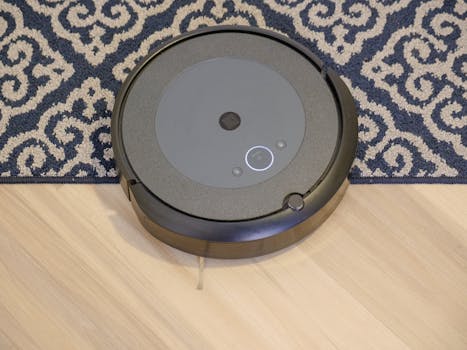
Smart Homes and Smart Living: The Technological Transformation of European Homes by 2025
Smart Homes and Smart Living are revolutionizing the way we live, work, and interact with our surroundings. The technological transformation of European homes is underway, and by 2025, we can expect to see widespread adoption of smart home technologies. In this article, we’ll explore the current state of smart homes in Europe, the driving forces behind this transformation, and what we can expect in the future.
The Current State of Smart Homes in Europe
Today, many European homes are already equipped with some form of smart technology, such as smart thermostats, security systems, and home entertainment systems. However, the majority of these systems are stand-alone, meaning they don’t communicate with each other or with the outside world. This is changing, as more homes are being built or retrofitted with integrated smart home systems that can control and monitor various aspects of the home, including lighting, temperature, security, and energy consumption.
Driving Forces Behind the Technological Transformation
Several factors are driving the technological transformation of European homes, including:
- Advances in technology: The development of new technologies such as the Internet of Things (IoT), artificial intelligence (AI), and 5G networks is enabling the creation of more sophisticated and connected smart home systems.
- Changing lifestyles: The rise of remote work, online shopping, and streaming services is changing the way people live, work, and interact with their surroundings, creating a need for more convenient, efficient, and comfortable living spaces.
- Environmental concerns: The need to reduce energy consumption and mitigate the impact of climate change is driving the adoption of energy-efficient smart home technologies.
- Government initiatives: Governments across Europe are launching initiatives to promote the adoption of smart home technologies, improve energy efficiency, and reduce carbon emissions.
What to Expect by 2025
By 2025, we can expect to see significant advancements in smart home technologies, including:
- Widespread adoption of voice-controlled smart home systems, such as Amazon Alexa and Google Assistant.
- The integration of smart home systems with other technologies, such as wearables, smart cars, and public transportation systems.
- The development of more sophisticated AI-powered smart home systems that can learn and adapt to occupants’ habits and preferences.
- The increased use of biometric authentication and advanced security systems to protect smart homes from cyber threats.
Benefits of Smart Homes and Smart Living
The benefits of smart homes and smart living are numerous, including:
- Improved convenience and comfort: Smart home systems can automate routine tasks, such as adjusting the lighting and temperature, and provide occupants with personalized experiences.
- Increased energy efficiency: Smart home systems can optimize energy consumption, reducing waste and lowering energy bills.
- Enhanced security: Smart home systems can detect and respond to potential security threats, providing occupants with greater peace of mind.
- Better health and wellbeing: Smart home systems can monitor and respond to occupants’ health and wellbeing needs, such as detecting falls and providing emergency assistance.
Challenges and Limitations
While the benefits of smart homes and smart living are significant, there are also challenges and limitations to consider, including:
- Cost: Smart home systems can be expensive to install and maintain, making them inaccessible to many people.
- Complexity: Smart home systems can be complex and difficult to use, particularly for those who are not tech-savvy.
- Security: Smart home systems can be vulnerable to cyber threats, compromising occupants’ personal data and security.
- Interoperability: Smart home systems from different manufacturers may not be compatible, limiting their ability to communicate and interact with each other.
Conclusion
Smart homes and smart living are transforming the way we live, work, and interact with our surroundings. By 2025, we can expect to see significant advancements in smart home technologies, including the widespread adoption of voice-controlled systems, the integration of smart home systems with other technologies, and the development of more sophisticated AI-powered systems. While there are challenges and limitations to consider, the benefits of smart homes and smart living are numerous, and it’s likely that they will become an integral part of European homes in the future.






